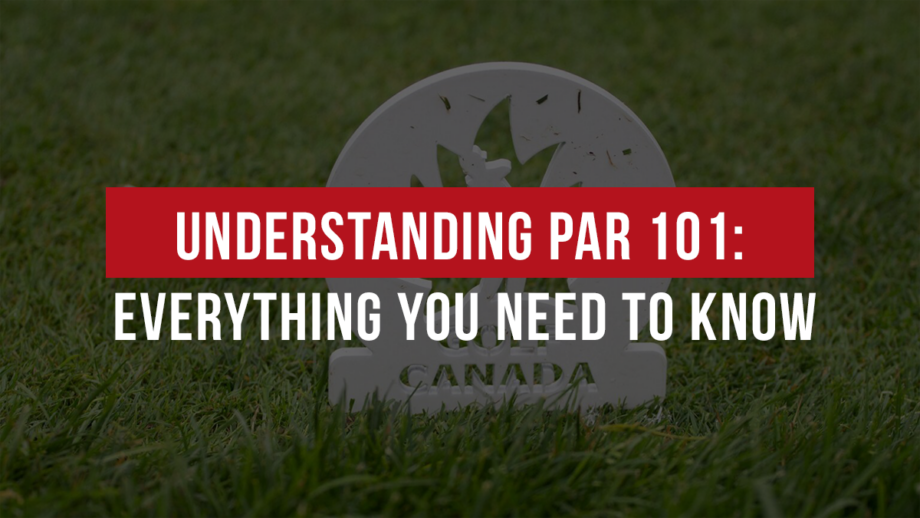In golf, par is one of the most familiar — and sometimes misunderstood — terms. It’s more than just a number on a scorecard. Par is the benchmark that helps golfers measure performance, compare scores and set personal goals. Whether you’re logging a casual round with friends or competing in a tournament, knowing what par means can make the game more enjoyable and less intimidating.
What is par?
Par is the standard number of strokes a scratch golfer (a golfer with Handicap Index of 0.0) is expected to achieve on a hole under normal playing conditions. This includes two putts on the green plus the strokes needed to reach it from the tee.
- Par 3: One stroke to the green, two putts.
- Par 4: Two strokes to the green, two putts.
- Par 5: Three strokes to the green, two putts.
Guidelines for establishing par are outlined in the Rules of Handicapping and are determined mainly by hole length for each gender.
Why correct par values matter
With the World Handicap System (WHS), the assigned par for each hole — and for the course overall — carries weight well beyond tradition. Correct par values affect:
- Course Handicap calculations: par is part of the formula that determines your Course Handicap. Wrong values can mean golfers aren’t receiving the right number of strokes.
- Posting scores: your maximum hole score (net double bogey) is tied to par. Incorrect values can inflate or deflate a Handicap Index.
- Tournament play: formats such as Stableford, scoreboards and competition fairness all rely on accurate par values.
- Enjoyment and expectations: understanding par helps golfers set realistic goals and celebrate achievements.
Net par – a personal benchmark
While par reflects the standard for a scratch golfer, net par adjusts that benchmark for each player’s ability. It is calculated by adding the handicap strokes you receive to the hole’s par.
- A golfer with a Course Handicap of 18 receives one stroke per hole. On a par 4, a score of 5 is considered net par.
- A beginner who receives two strokes on a par 5 can take 7 and still record a net par.
Why net par matters
- Builds confidence: meeting your personal standard is a real accomplishment.
- Creates realistic goals: helps golfers focus on progress at their own pace.
- Makes the game more enjoyable: encourages healthy competition against yourself, not just against par.
Enjoy the game to its fullest
Focusing only on par can discourage newer or higher-handicap golfers. Net par reframes each hole as a personal challenge and allows every golfer to find success.
By understanding both par and net par, you can:
- Track improvement more meaningfully
- Compete fairly with players of different skill levels
- Celebrate the small wins that make golf so rewarding
Take the next step
Par and net par aren’t just numbers. They are tools to help you enjoy the game more. Make sure your club is using correct par values and that you’re posting scores accurately.
If you or your club have any questions about par, reach out to Golf Canada’s Memberships team or visit Golf Canada’s Handicap Resources to learn more.
Understanding par is the first step to playing your best—and enjoying golf to its fullest.



